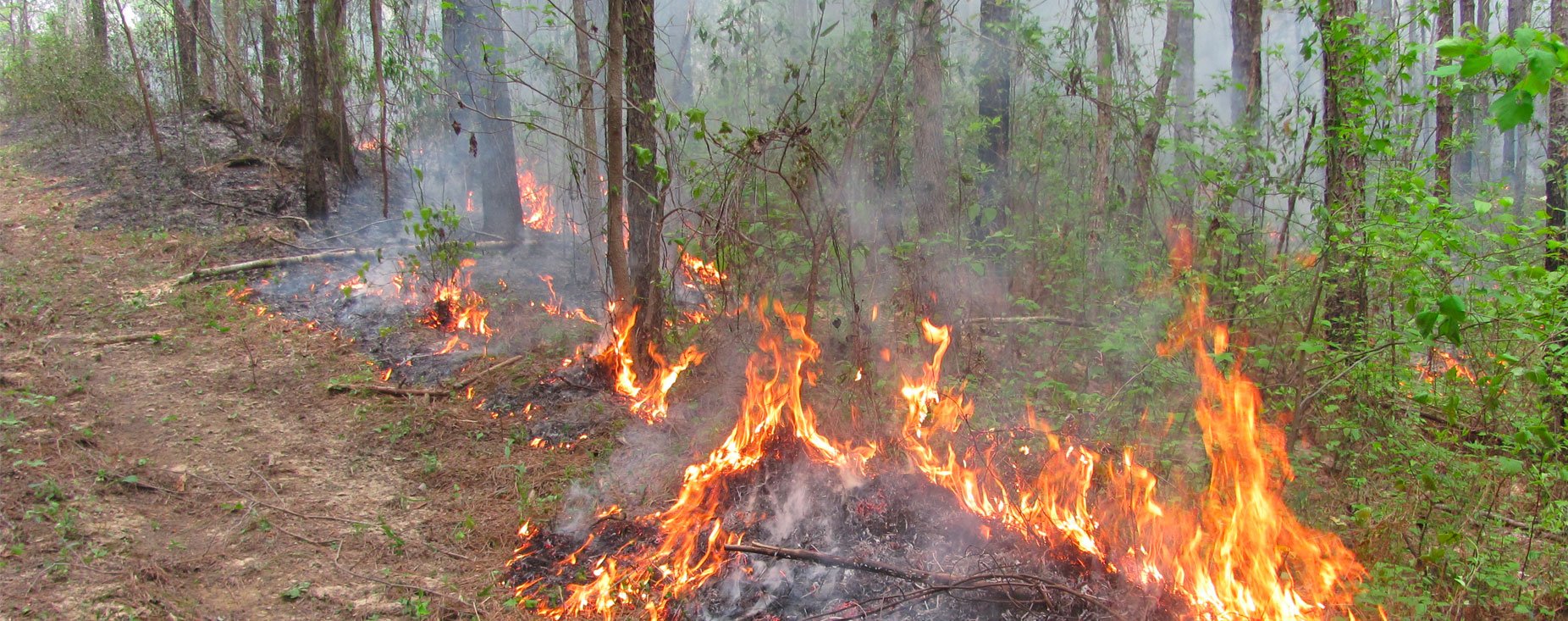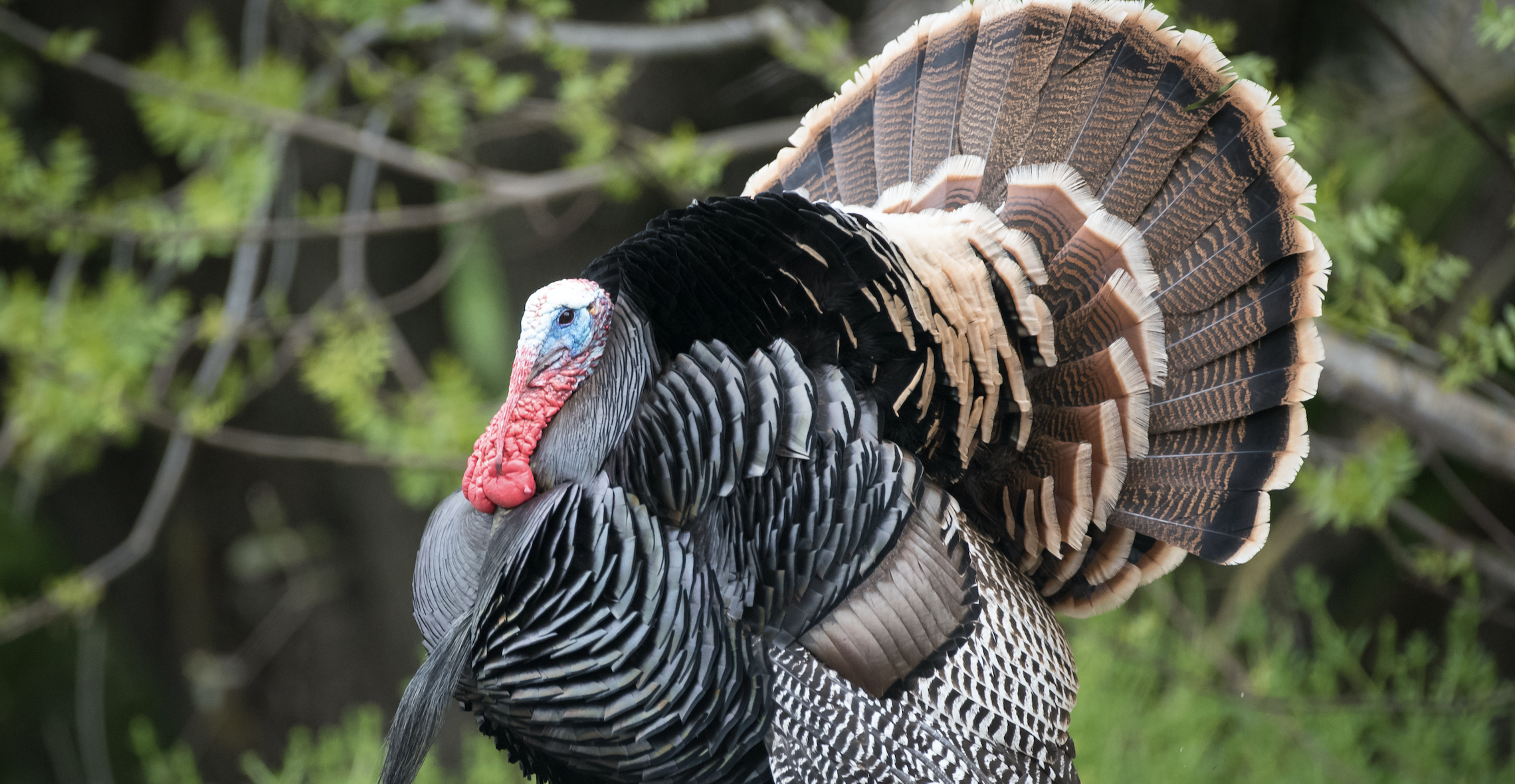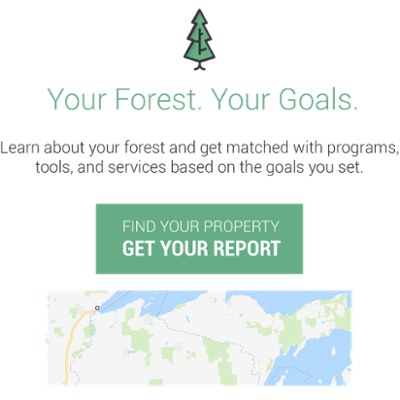The Hocutt's always focused on keeping their forest healthy, creating a home for wildlife and bringing in income from the land to help pay for itself however, they knew they could do more. When Martha Hocutt came across an ad for WoodsCamp on Facebook, she located their property on the map and received a customized woodland report highlighting different programs and services that were available to them. The Hocutt's received a free visit from a forester provided by My Alabama Woods, where they received advice on ways to improve biodiversity in their forest, and got them setup with the American Tree Farm System. They are glad to be a part of a community of like individuals, who share their ethic of caring for the land in managing for water, wildlife, wood, and recreation.

Sitting on a stretch of rolling hills of Alabama, Brinley Hocutt’s 370 acres is mostly loblolly pine, with some hardwoods and a lot of winding creeks. Brinley and his wife Martha have always focused on keeping it healthy, creating a home for wildlife and bringing in income from the land to help pay for itself. He can trace his family’s ownership of the land back to the Civil War, which makes it even more important to him to keep the family land healthy as a legacy for future generations.
Like many landowners, Brinley began small – with a small harvest to thin out the loblolly pines and give space to the healthier ones. In the early 2000’s, he started spending more time at the property. He took a course on prescribed burning – a technique to help regenerate the ground cover in pine stands. He worked with his local NRCS (Natural Resources Conservation Service) office to conduct his first few burns, then began doing them on his own. He created firebreaks, built bridges, and conducted necessary thinnings. After more than two decades of work, Brinley knew he had tree stands which he could use to harvest lumber for the market, and created a good habitat for turkey, deer, raccoons, possums, and more.

Brinley and Martha knew they could do more. They had built, not only a healthy property, but a passion for being good stewards. They were proud of their efforts and wanted to keep learning and improving. They had heard about an education and certification program specifically for family forest owners, called the American Tree Farm System (ATFS), yet hadn't had an opportunity to pursue it.
Then one day Martha saw a post on Facebook from WoodsCamp, a tool provided by the American Forest Foundation to help connect private landowners with conservation programs and services that meet their goals. The post led to a free woodland report, which highlighted the benefits of American Tree Farm System (ATFS) with an opportunity to receive free advice from a forester. Interested in a fresh perspective on their land, Martha called. After a short discussion with the WoodsCamp coordinator, Brinley and Martha were set up for a visit with a local forester from My Alabama Woods.
When their forester, Brad [ from the Alabama Forestry Association ], arrived at their land, he was impressed with the Hocutt’s work thus far. He gave them advice on future thinnings, areas where they could improve habitat, and encourage the native shortleaf pine to grow, improving the biodiversity. He also agreed they would be candidates to become a certified family forest through the American Tree Farm System. Joining this community of landowners, ensures that you have met sustainability standards, meaning your land will produce marketable timber without harming the ecosystem, and in many cases, improving the ecosystem at the same time. It would also provide them more opportunities to learn from other landowners who shared their ethic of caring for the land in managing for water, wildlife, wood, and recreation.

Brinley, wary of the cost and paperwork, asked what it entailed to enroll. To their surprise, they were already taking care of their land in the manner which the American Tree Farm System encourages landowners to do: improving habitat for wildlife, increasing water quality, and creating better quality stands. The only item missing was a formalized and written forest management plan. Brinley and Martha had never formalized their goals, opting instead to keep a personal notebook of their activities.
Surprised by how easy it was to meet their goals, the Hocutts signed up for their management plan and joined the ATFS community that day.
Brad suggested they could use a Landscape Management Plan, a management plan for the entire northern Alabama region that captured their forest types and goals. Adopting this plan, rather than having an individual one written, would streamline the certification process, and help them get in the program more quickly. Surprised by how easy it was to meet their goals, the Hocutts signed up for their management plan and joined the ATFS community that day.

Within a month’s time, their green diamond ATFS-certified sign arrived. They hung it immediately. Since enrolling, they are already beginning to get involved in ATFS – Brinley has met with Brad again to discuss future work, and they are planning to attend the next Field Day event in their area where they will be able to meet other landowners like them. They are glad to be a part of a community of like individuals that that care deeply about sustainability.
See our original blog post on American Forest Foundation.




We want to hear from you.